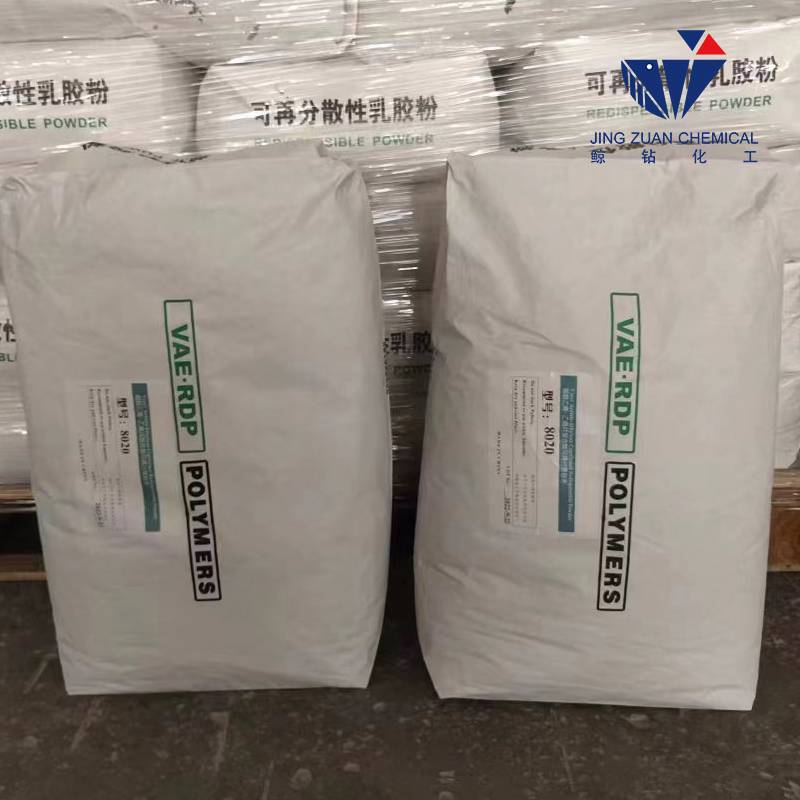
Oct . 08, 2024 23:25 Back to list
Applications and Benefits of Hydroxypropyl Methyl Cellulose in Various Industries
The Versatile Uses of Hydroxypropyl Methyl Cellulose
Hydroxypropyl methyl cellulose (HPMC) is a cellulose ether that is widely utilized in various industries due to its unique properties and versatility
. As a non-ionic, water-soluble polymer, HPMC plays a crucial role in pharmaceuticals, construction, food production, and personal care products.In the pharmaceutical industry, HPMC is commonly used as an excipient in drug formulations. Its ability to form a gel when mixed with water makes it an ideal thickening agent, stabilizer, and controlled release agent. HPMC is extensively used in the production of tablets, capsules, and other dosage forms. It enhances the bioavailability of drugs by controlling their release rate, thereby improving therapeutic effectiveness. Additionally, it is used in ophthalmic solutions, providing lubrication and moisture to the eyes.
In the construction sector, HPMC is valued for its water retention and adhesion properties. It is often incorporated into cement and gypsum-based products to improve workability and extend open time, allowing workers more time to apply and finish the materials. By enhancing the viscosity of mortars and plasters, HPMC helps prevent cracking and improves adhesion to various substrates. This makes it a crucial additive in tile adhesives, wall putty, and textured coatings.
hydroxypropyl methyl cellulose uses

The food industry also benefits from HPMC, where it serves as an emulsifier, stabilizer, and thickener. It is used in various food products, including sauces, dressings, and low-fat items, to provide a desirable texture and improve mouthfeel. HPMC is also recognized for its ability to retain moisture, which is essential in maintaining freshness and extending the shelf life of baked goods.
In personal care and cosmetic products, HPMC is employed for its thickening and emulsifying properties. It can be found in lotions, creams, shampoos, and other formulations, where it helps improve texture and ensures uniform distribution of ingredients. Its gentle nature makes it suitable for sensitive skin products.
Furthermore, due to its non-toxic and biodegradable characteristics, HPMC is increasingly being recognized as an environmentally friendly option across several applications.
In conclusion, hydroxypropyl methyl cellulose is a multifunctional compound with a diverse range of uses spanning multiple industries. Its unique attributes, such as solubility, viscosity, and adhesive properties, make it an invaluable ingredient in pharmaceutical, construction, food, and personal care applications, demonstrating its importance in enhancing product performance and consumer experience.
-
Versatile Hpmc Uses in Different Industries
NewsJun.19,2025
-
Redispersible Powder's Role in Enhancing Durability of Construction Products
NewsJun.19,2025
-
Hydroxyethyl Cellulose Applications Driving Green Industrial Processes
NewsJun.19,2025
-
Exploring Different Redispersible Polymer Powder
NewsJun.19,2025
-
Choosing the Right Mortar Bonding Agent
NewsJun.19,2025
-
Applications and Significance of China Hpmc in Modern Industries
NewsJun.19,2025







